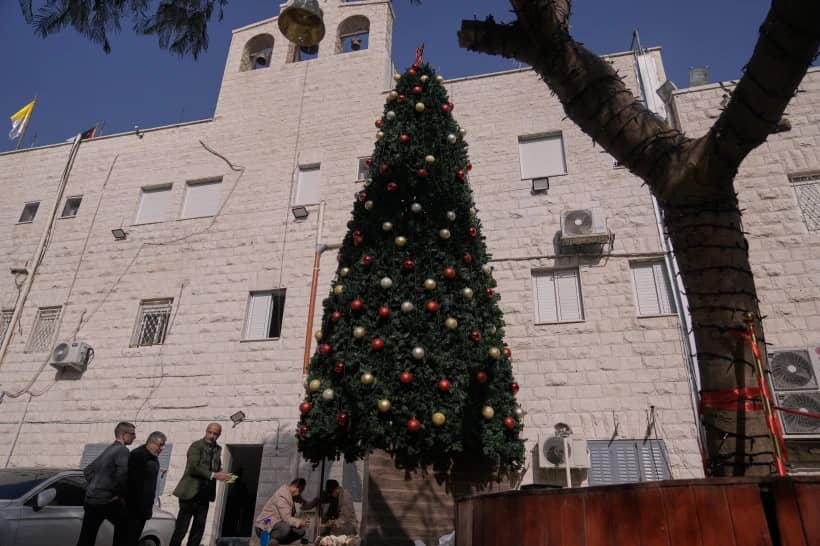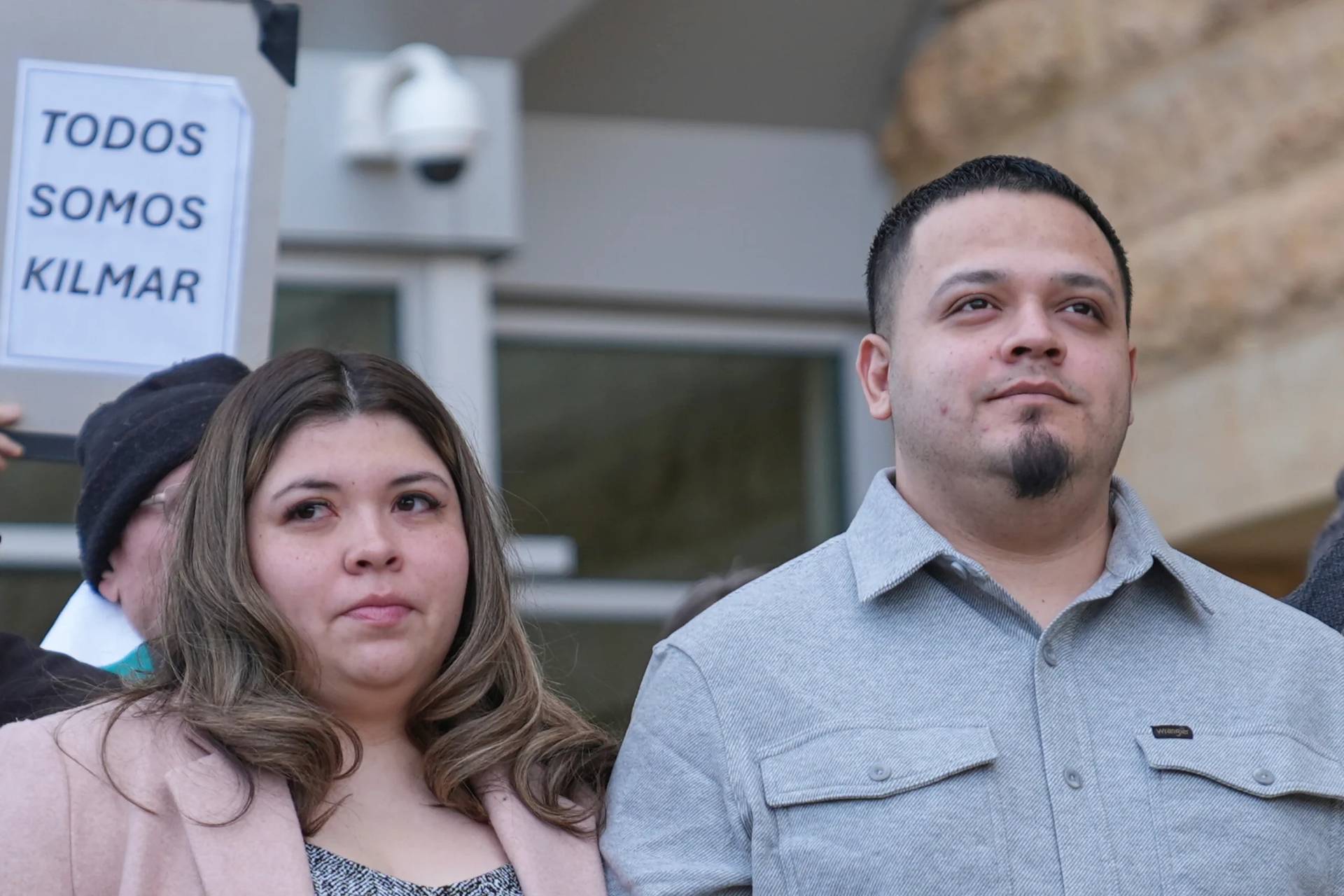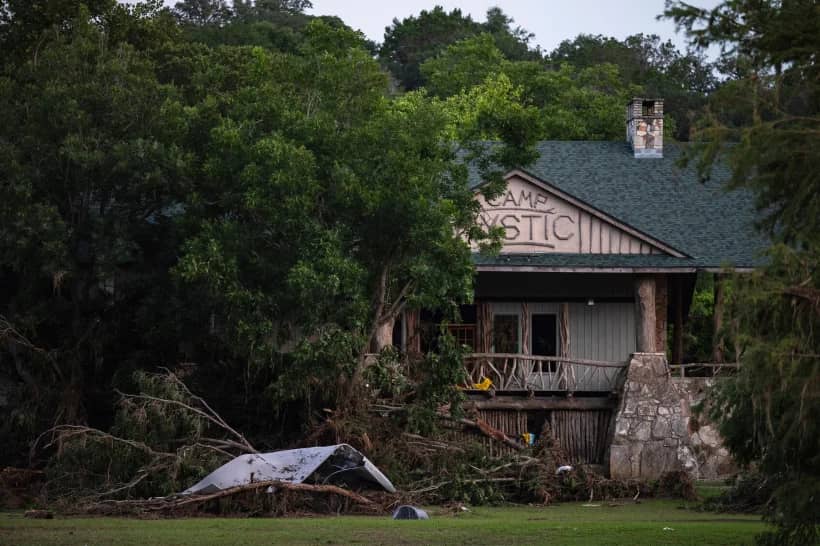WASHINGTON, D.C. — Pundits have been quick to make comparisons between Russia’s Feb. 24 attack on Ukraine with events that led to World War II. Questions fly about the implications for the U.S. should Russia or Ukraine “win,” what that looks like and whether the country will welcome Ukrainians seeking safety.
In the past, the American public, by and large, hasn’t favored getting involved in conflicts on the other side of the world, nor in welcoming civilian victims of those conflicts to U.S. soil.
A November 2015 article from the Pew Research Center said that “in the years leading up to the Second World War … large majorities of Americans opposed allowing refugees from European dictatorships to come to the United States.”
But it was not a point of view shared by Catholics in the U.S.
“The bishops actually looked at it differently, (lay) Catholics looked at it differently because, first of all, a lot of them had kin over there,” in Europe, said Maria Mazzenga, a historian at The Catholic University of America.
In a March 8 interview with Catholic News Service, Mazzenga, who has studied and written about the Catholic Church and migration waves to the U.S., spoke about the parallels, the differences, and the church’s role in the 1930s and 1940s, leading up to and during the last large-scale world conflict.
U.S. Catholic bishops, because of the church’s international nature, were then more interested in what was going on in Europe than the average person or politician in the U.S., she said.
“They would get reports from bishops over in Germany, for example, about what was going on there and how Catholics were being persecuted,” she said.
Catholics in the U.S. largely took the road away from the isolationist direction that much of the country espoused.
“Catholics were saying, ‘Look, we gotta get involved in this,'” Mazzenga said.
Using the church’s international networks, a Catholic bishops’ committee in the United States solicited help for refugees, to provide housing and resources to those from abroad seeking haven in the U.S.
“They tried to get persecuted Catholics and some Jews here and what ends up happening is … Catholics become part of the networks that help inform the U.S. government about what’s going on overseas,” Mazzenga said.
In the recent conflict, Catholic humanitarian organizations in the U.S. were quick to collect economic aid to help Ukrainians running to bordering European nations. U.S. Catholic organizations and bishops denounced Russia’s attack as it was taking place — via Twitter, in public protests, from the pulpits.
One notable exception was Archbishop Carlo Maria Viganò, the former apostolic nuncio to the U.S., who in a March 7 letter appeared to support Russian President Vladimir Putin while blaming the U.S., the European Union and NATO countries for the current conflict.
But even those types of opposing views have precedents, Mazzenga said, offering the example of Father Charles Edward Coughlin, a priest born in Canada who served in the U.S. church. Coughlin backed Adolf Hitler and Italian fascist Benito Mussolini, and adopted and advanced antisemitic views.
“The Viganòs of the world, they may have looked a little bit different,” Mazzenga said, but they existed.
What also resulted from global conflict then was the type of demonization and rejection of people and products associated with the enemy nations.
“You had people abusing Germans all over the United States, beating them up, changing the names of food that had German names,” Mazzenga said. “It would be nice to not see abuse of Russians living in (the U.S.) but there is actually a precedent for that in in other wars, unfortunately.”
But historians differ on whether Russia’s violent attack against Ukraine in February can be compared, if at all, with the Nazi annexations in Eastern Europe of the 1930s that gave way to a larger global conflict.
Much has changed since the last time the world was at war on a major scale, with the most notable difference being: the 1949 creation of the North Atlantic Treaty Organization, which defends democracy and has the means to collectively defend militarily member nations on a large scale.
Weapons of war have greater capacity to produce large numbers of casualties in shorter periods of time; the spread of lies and propaganda is instantaneous; as is the ability to give much of the world, as Ukrainians have successfully done via social media, a front seat to pain and resistance.
The current conflict also seems to be made up of different battles: Russia’s ground war, an economic war unleashed on Russia by NATO in the form of sanctions, and a social media battle by Ukrainians making Russia a global pariah.
“Everything moves in a faster time frame,” Mazzenga said.
That also includes masses of people as the world witnessed in Ukraine’s exodus of 2 million who left the country in 11 days.
It’s a number that is “mind-boggling,” said Mazzenga.
Though the conflict takes place on the other side of the world, just as it did then, it affects the United States — and it already has in the form of escalating oil prices.
While Americans largely vote with their wallets, national polls are showing strong support for Ukrainians even if there’s economic pain involved.
A Quinnipiac University poll conducted March 4-6 indicated that 71% of Americans “supported a ban on Russian oil even if it resulted in higher gas prices.” A Wall Street Journal poll around the same period showed 79% support for such a measure.
It’s hard to tell how long that support can be sustained but, Mazzenga said, that sentiment of solidarity helped pull people together in the past to defend a common enemy.
“In World War II, you had a strong spirit of sacrifice among most Americans, it wasn’t perfect,” Mazzenga said. “But we may need to go into that mindset again, where we might have to sacrifice some things on the home front to assist people over in Europe. That’s only assuming we don’t end up in the war.”
Michael Kimmage, chair of the history department at Catholic University, told NPR in a March 3 interview that it seems unlikely the U.S. will end up involved in a direct conflict with Russia.
Kimmage, a Cold War expert, who worked on matters involving Ukraine and Russia at the U.S. Department of State during the Obama administration, believes Putin’s aim is Ukraine, not other East European countries.
And that’s why the U.S., while closely watching the situation, is not eager to get involved in a direct conflict with Russia.
“We got indications of that from the State of the Union address,” he told NPR of President Joe Biden’s March 1 address to the nation. “There are limits that the Biden administration sees.”
They were the same limits in place during the Cold War, between the U.S. and the Soviet Union, and they continued even after the USSR’s demise, he said.
“Both the Soviet Union and the U.S. felt that there were borders that couldn’t be crossed and thresholds that couldn’t be crossed,” Kimmage told NPR. “We have to stay there, on our side, and we have to hope that Putin will stay there on his side.”

















